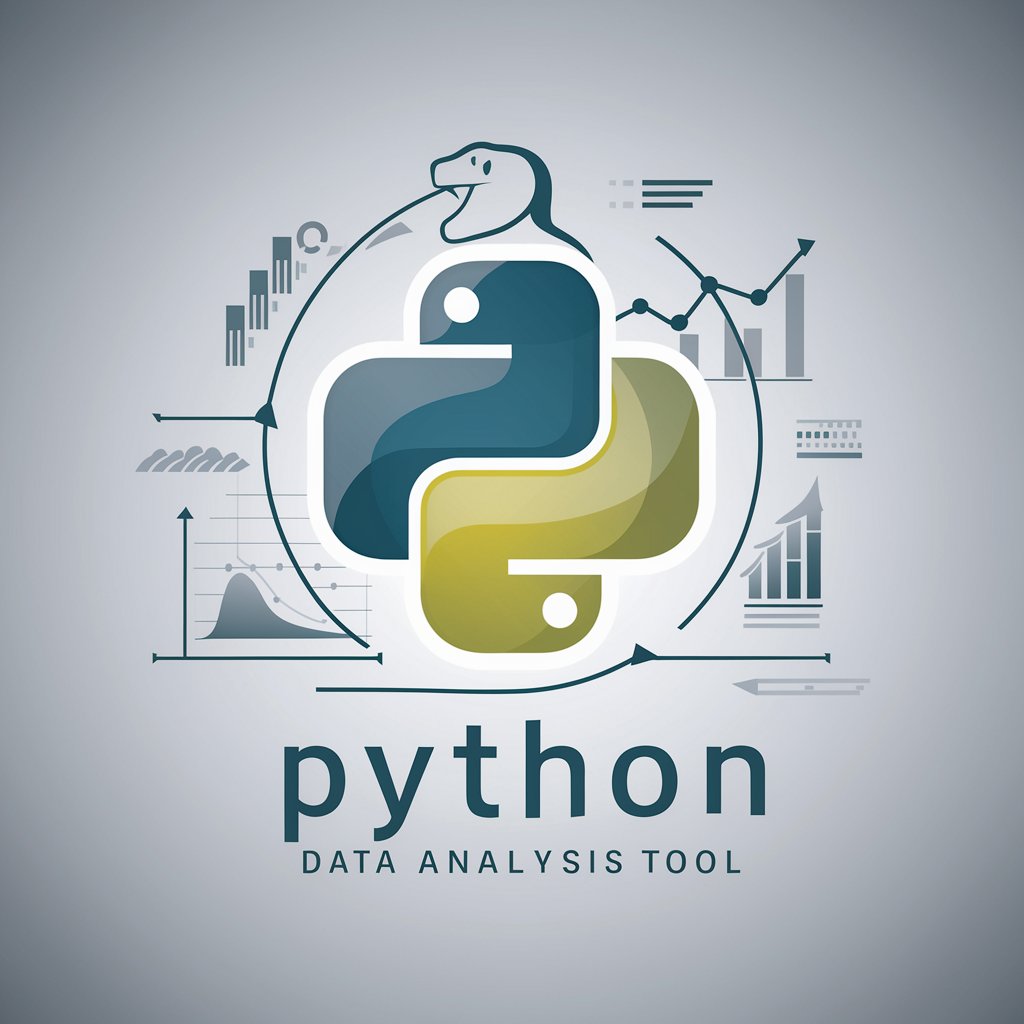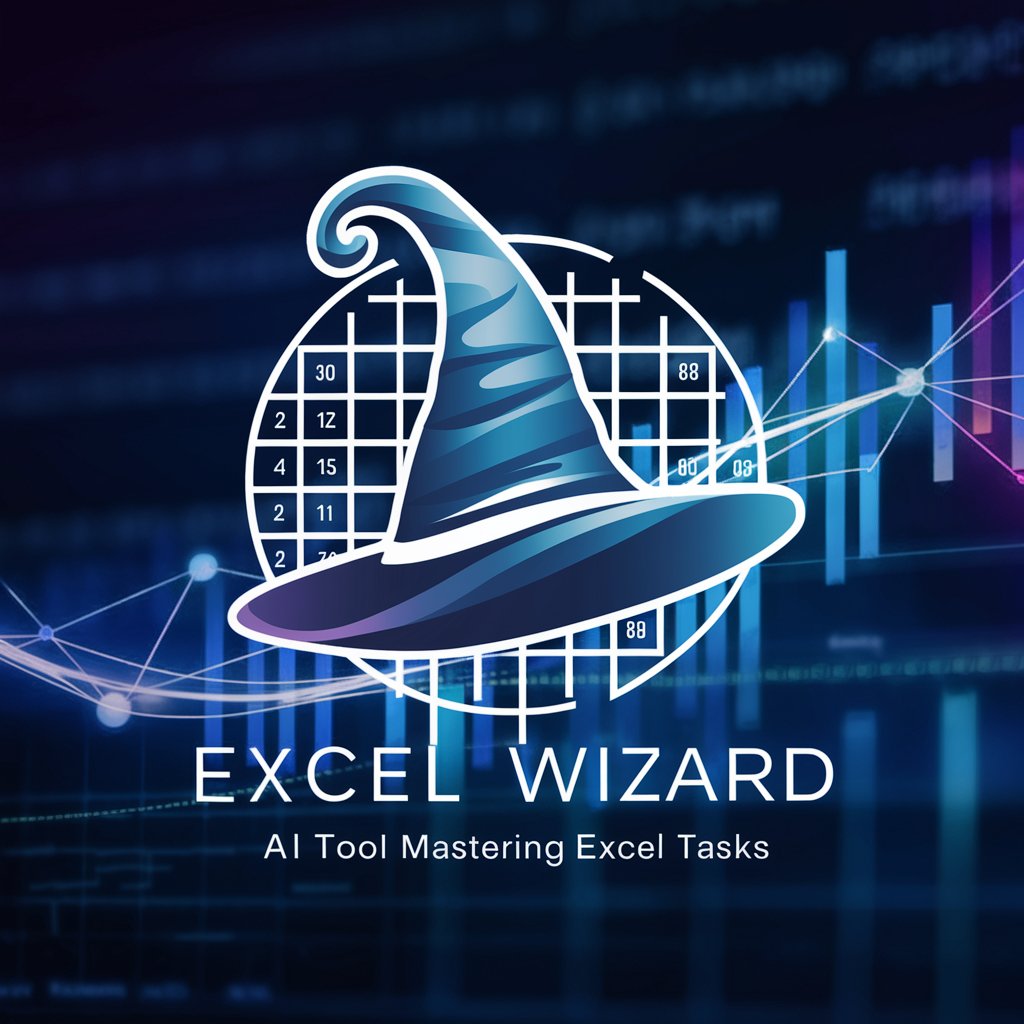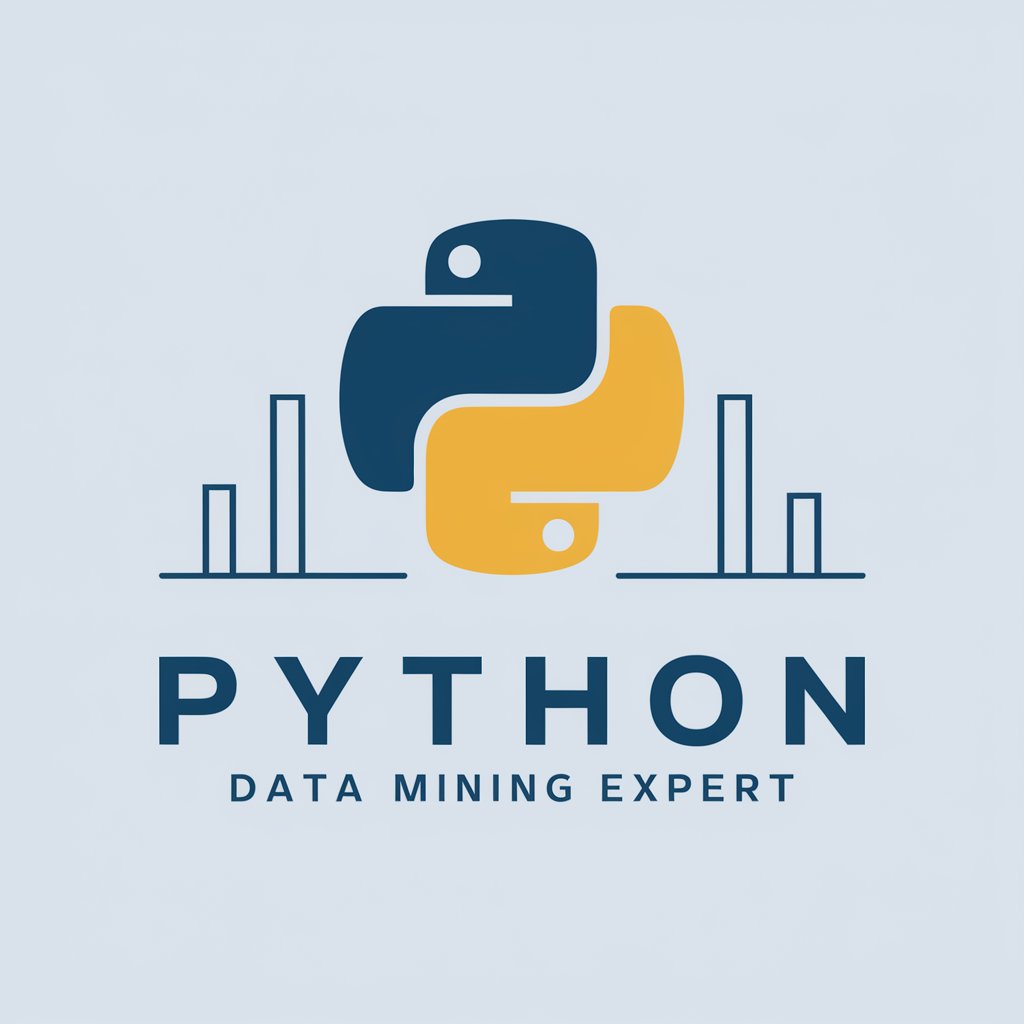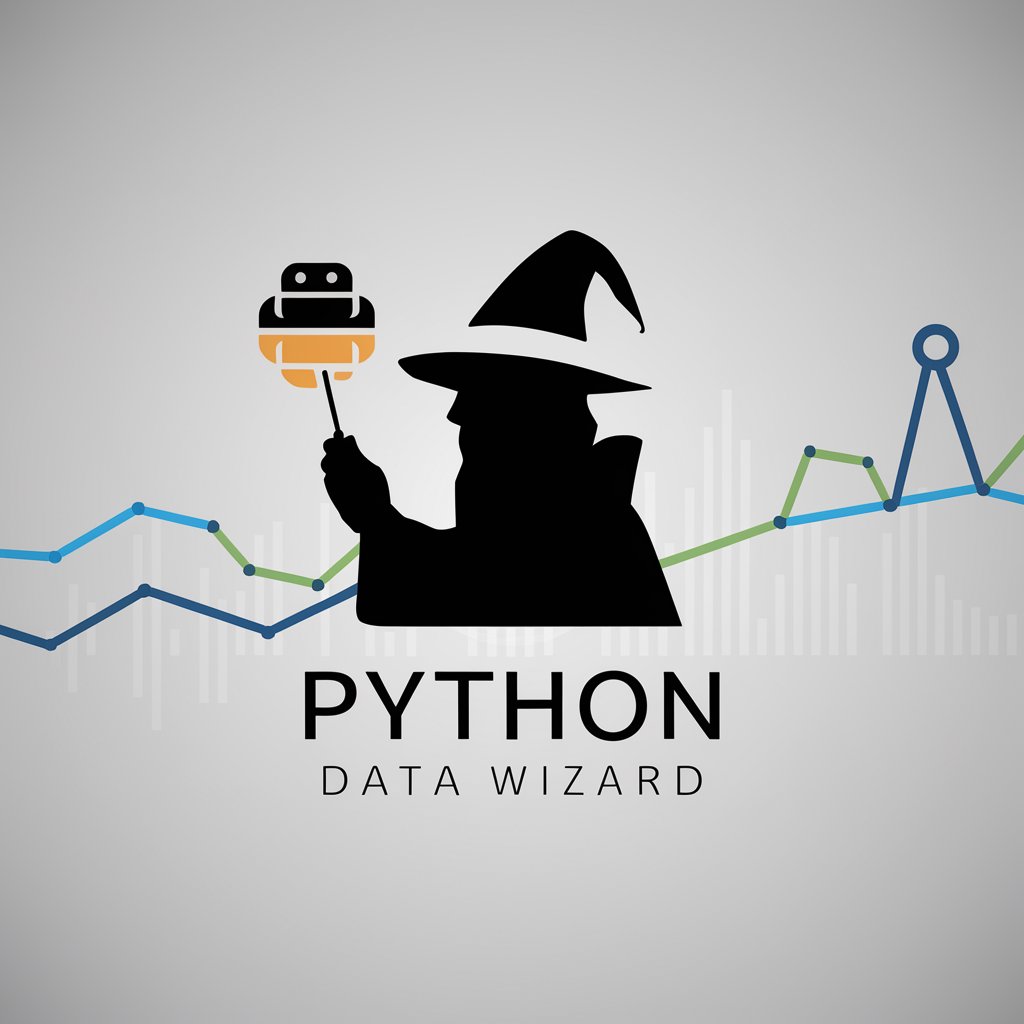
Python Power: Elevate Your Data Pipeline - Python Data Pipeline Tool
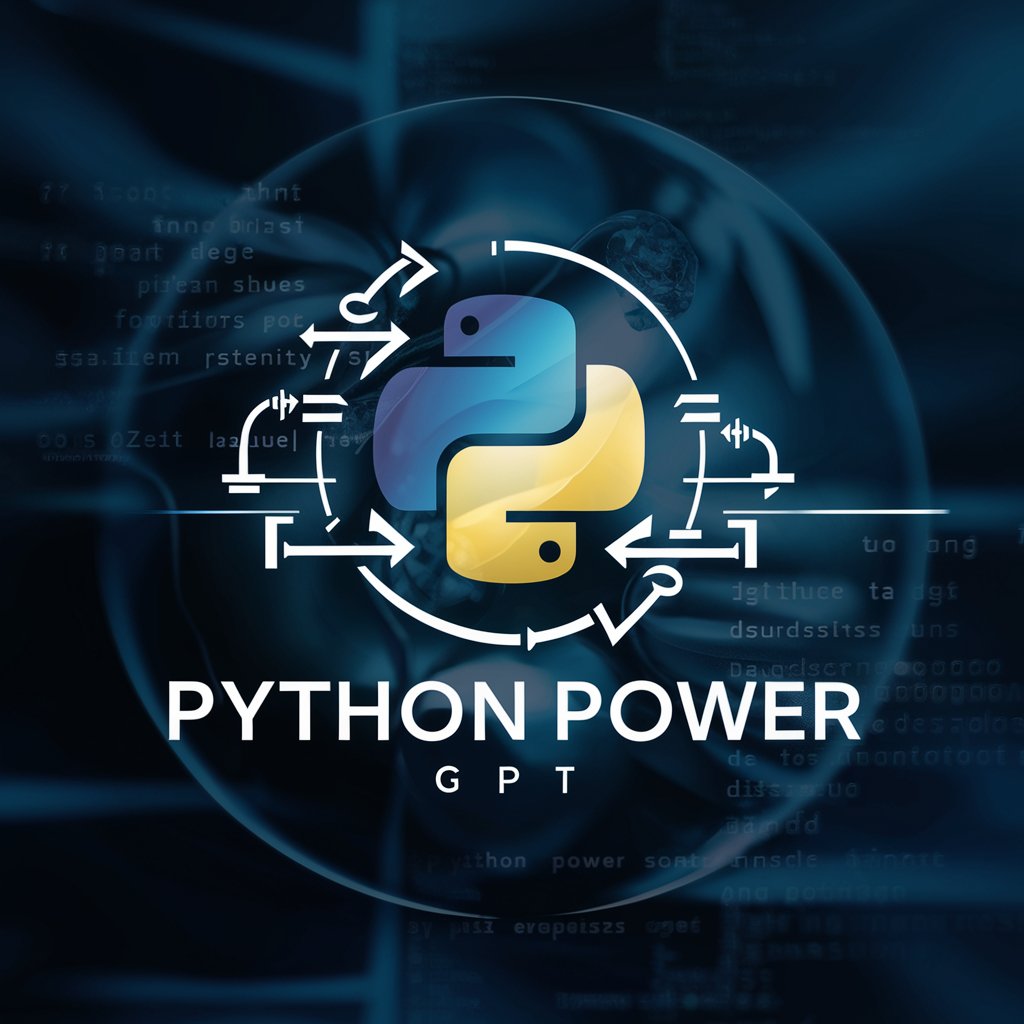
Welcome! Let's build robust Python data pipelines together.
Elevate Your Data Pipeline with AI-Powered Python
Design a data pipeline that handles real-time streaming data from...
Create a Python script that validates and transforms incoming data...
Implement error handling and logging in a data processing pipeline...
Develop a scalable solution for ingesting and processing large datasets using Python...
Get Embed Code
Overview of Python Power: Elevate Your Data Pipeline
Python Power: Elevate Your Data Pipeline is a specialized GPT focused on aiding users in developing efficient, scalable, and secure Python-based data pipelines. It's designed to handle complex data structures, algorithms, and leverage various Python libraries effectively. The core purpose is to assist in real-time data processing, transformation, and integrity, ensuring high throughput and low latency in data operations. Examples of its application include streamlining data ingestion from diverse sources like APIs, databases, and real-time streams, transforming this data through cleaning, normalization, and aggregation, and then outputting the processed data to databases, data lakes, or triggering other downstream actions. Scenarios illustrating its use could range from setting up a real-time analytics pipeline for e-commerce platforms to detect trends and customer behaviors, to developing a pipeline for IoT devices data to monitor and predict maintenance needs. Powered by ChatGPT-4o。

Core Functions and Real-World Application Scenarios
Data Ingestion and Validation
Example
Using libraries like Pandas for batch data and Kafka for streaming data, ensuring data integrity through schema validation.
Scenario
Ingesting user activity data from a mobile app in real time, validating against a predefined schema to ensure data quality before processing.
Data Transformation and Enrichment
Example
Applying transformations with Pandas, NumPy, or custom Python functions; enriching data by integrating external data sources.
Scenario
Transforming raw e-commerce transaction data, calculating additional metrics like total order value, and enriching with user demographic information for targeted marketing.
Data Storage and Retrieval
Example
Utilizing databases like PostgreSQL for structured data or MongoDB for NoSQL data, and employing efficient querying techniques.
Scenario
Storing processed financial transactions in a database, ensuring data is indexed appropriately for fast retrieval during audit processes.
Monitoring and Logging
Example
Implementing logging with Python's logging module and monitoring with tools like Prometheus or Grafana.
Scenario
Setting up monitoring for a data pipeline processing IoT sensor data to detect anomalies in data flow or processing delays.
Error Handling and Data Recovery
Example
Using try-except blocks to manage exceptions, and implementing retry mechanisms or dead letter queues for handling failures.
Scenario
Handling errors during data ingestion from unreliable sources, ensuring the system can recover gracefully without data loss.
Target User Groups for Python Power Services
Data Engineers and Architects
Professionals responsible for designing, building, and maintaining data pipelines. They benefit from Python Power's focus on efficient data processing, scalability, and integration of various data sources and formats.
Data Scientists and Analysts
Individuals who rely on timely, accurate data for analysis and modeling. They benefit from streamlined data pipelines that provide clean, processed data suitable for analysis, saving time on data preparation.
Software Developers
Developers who integrate data-driven features into applications. They can leverage Python Power to ensure the backend data flows are optimized, secure, and scalable, enhancing application performance and user experience.
Product Managers
Managers overseeing products that require real-time data insights to drive decisions. They benefit from understanding how efficient data pipelines can improve product features and user engagement.

How to Use Python Power: Elevate Your Data Pipeline
1
Sign up for a free trial at yeschat.ai, with no login or ChatGPT Plus required.
2
Familiarize yourself with Python basics and data processing concepts to fully leverage the tool.
3
Explore the documentation for an overview of features, supported libraries, and integration capabilities.
4
Start with a simple project, such as real-time data ingestion and transformation, to understand the workflow.
5
Utilize the support forum for guidance, tips, and to share insights with the Python Power community.
Try other advanced and practical GPTs
Aanmaning
Streamline collections with AI-powered efficiency.

Tarot Master
Empower your journey with AI-guided insights

Eco Voyager
Navigating Sustainable Journeys with AI

Birdwatcher's Buddy
AI-powered birdwatching guidance

Research Project Planning Partner
Empowering Your Research with AI

Agent of GU
AI-powered guidance for university life

OER Tracker
Empowering education with AI-driven OER discovery.
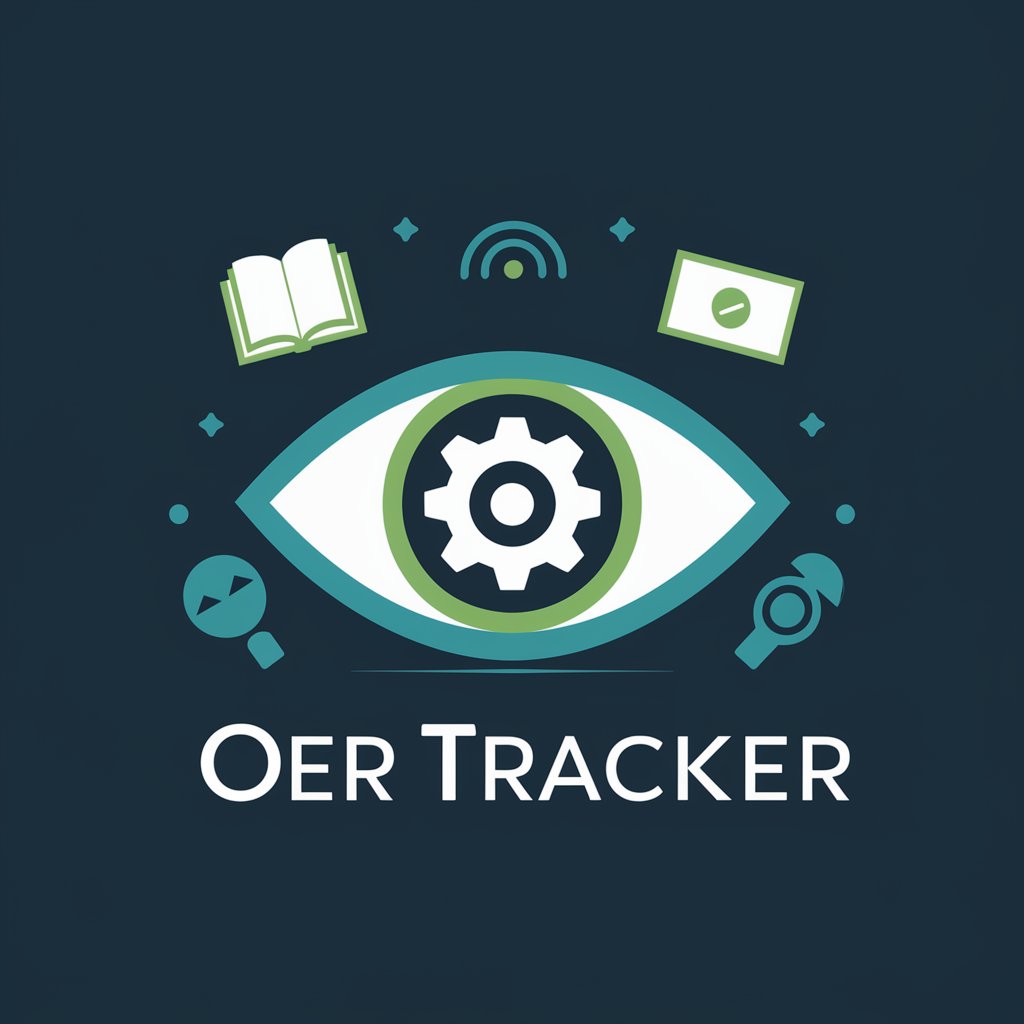
Socratic Challenge
Sharpen Your Arguments with AI

Mon SocialBoostPro
Elevate Your Social Game with AI

WH 40k Helper
Empower Your Warhammer 40k Experience

eReputation Replier | Reply to Buyers
AI-Powered eReputation Management

Code Mentor
Empowering Coders with AI-Driven Insights

Frequently Asked Questions about Python Power: Elevate Your Data Pipeline
What makes Python Power different from other data pipeline tools?
Python Power stands out due to its specialized focus on Python programming for data pipelines, offering advanced features for real-time processing, error handling, and data integrity, all while being highly scalable and flexible.
Can Python Power handle large volumes of data?
Yes, it is designed to efficiently process and transform large datasets in real-time, ensuring high throughput and low latency through optimized algorithms and scalable architecture.
Does Python Power support integration with other tools and systems?
Absolutely, it offers extensive integration capabilities with various data sources, streaming platforms, and storage solutions, enabling a seamless data pipeline ecosystem.
What level of Python expertise is required to use Python Power effectively?
While basic Python knowledge is necessary, Python Power is built to accommodate users with varying levels of expertise, from beginners to advanced developers, thanks to comprehensive documentation and support.
How does Python Power ensure data security and privacy?
Python Power employs rigorous encryption and security protocols throughout the data pipeline, from ingestion to output, to protect data integrity and comply with privacy regulations.
